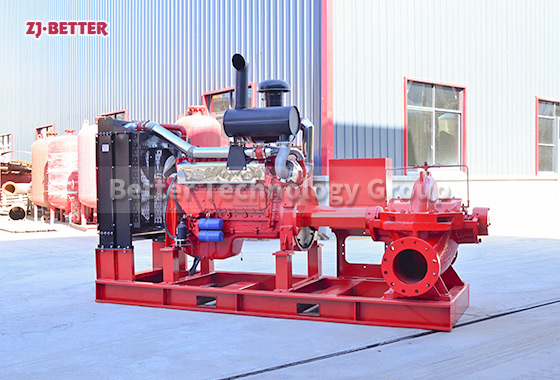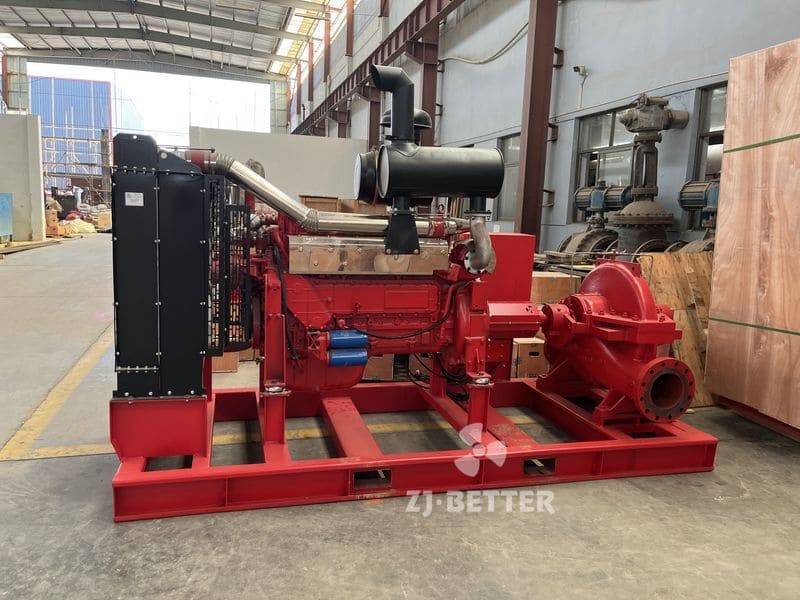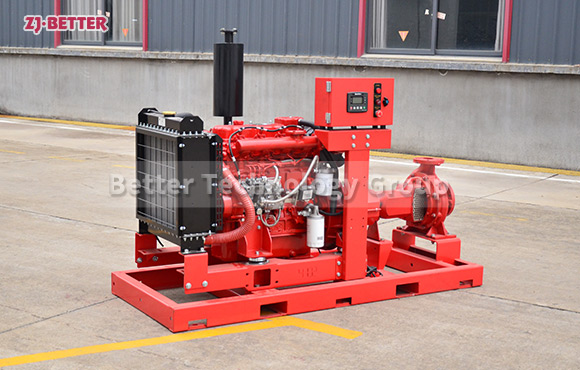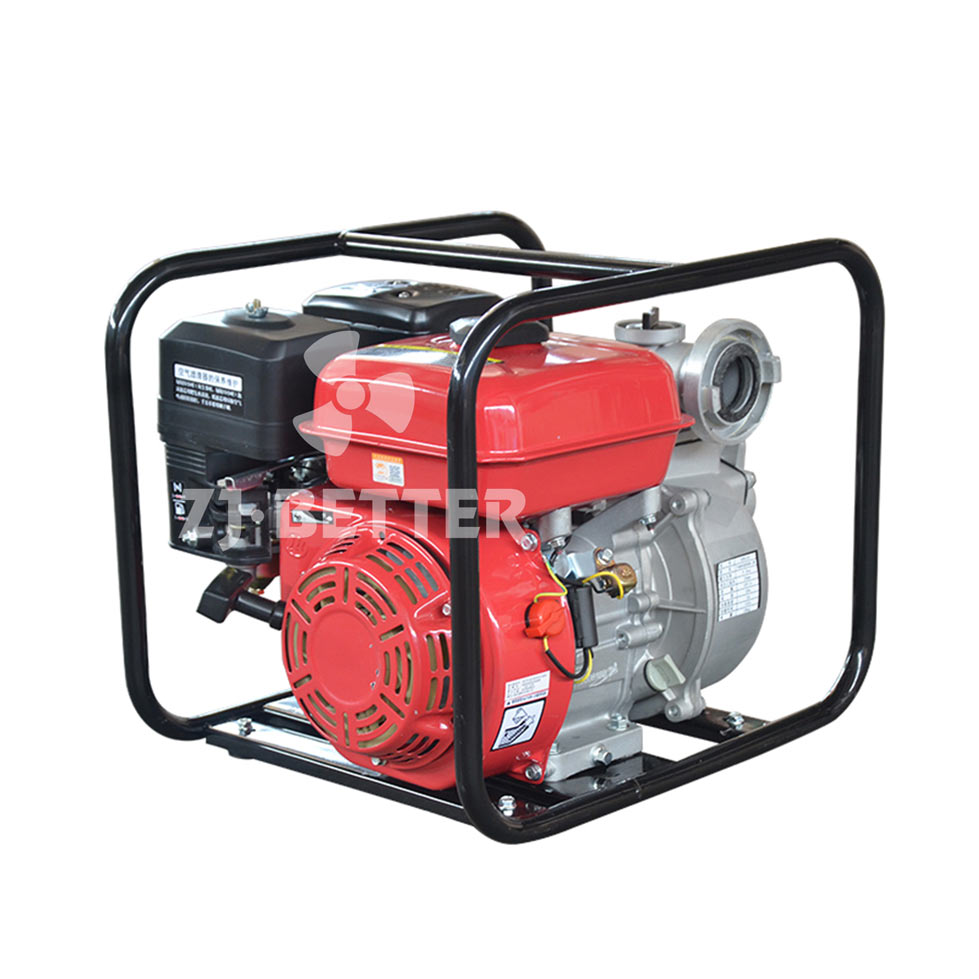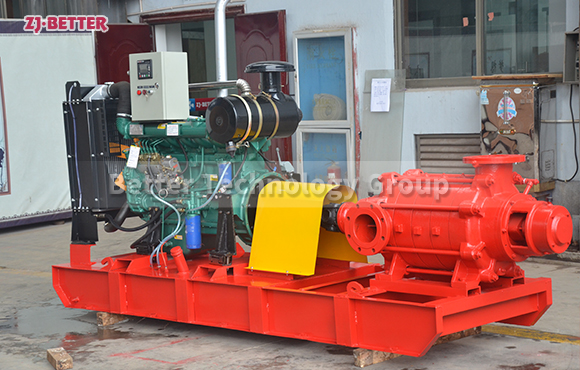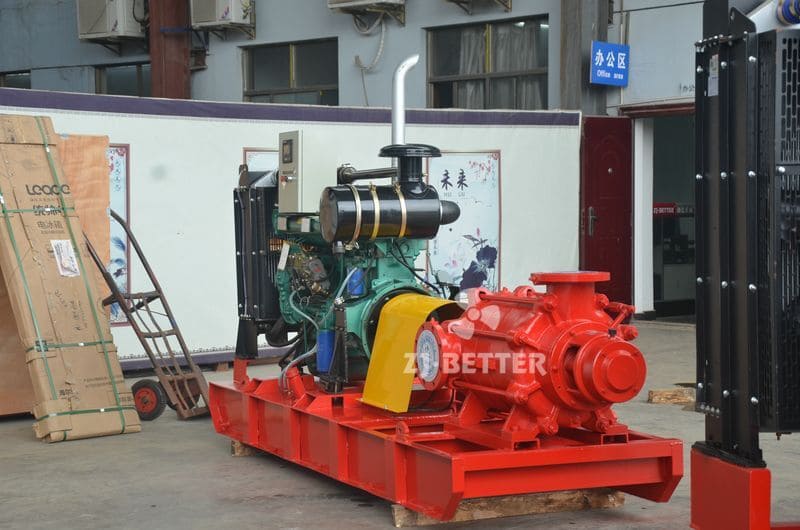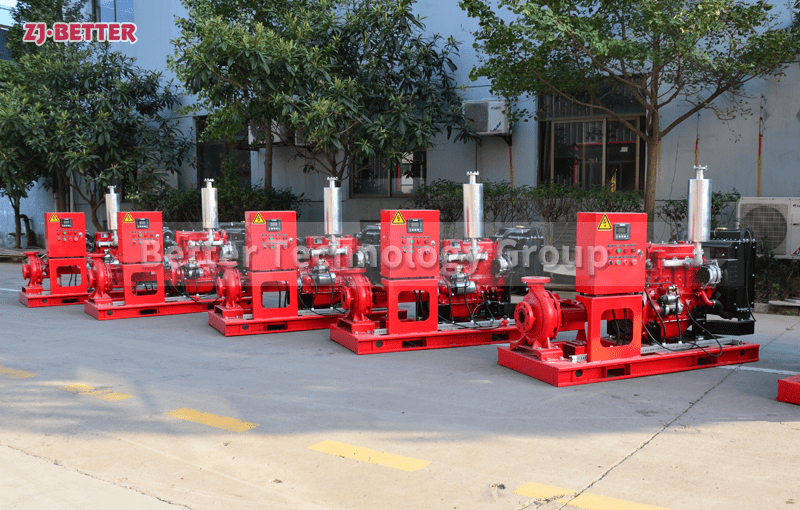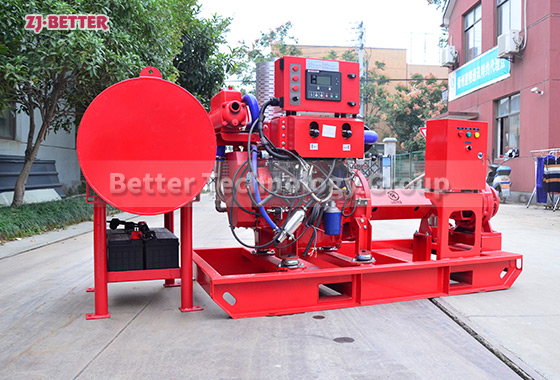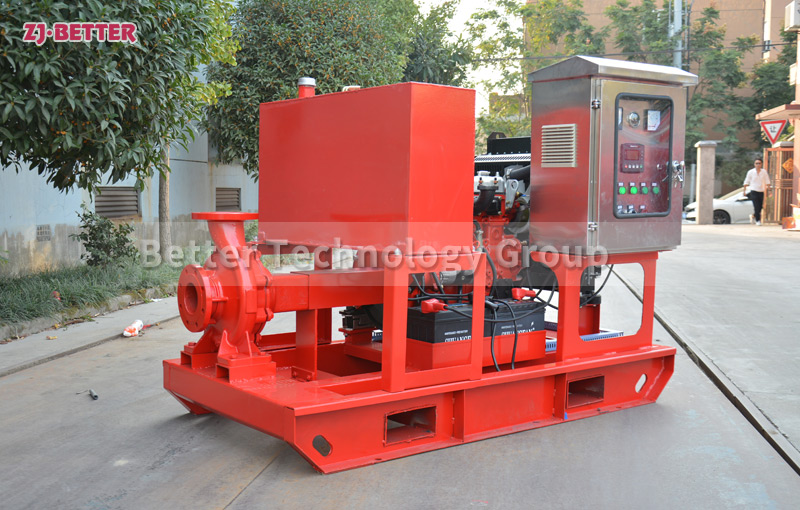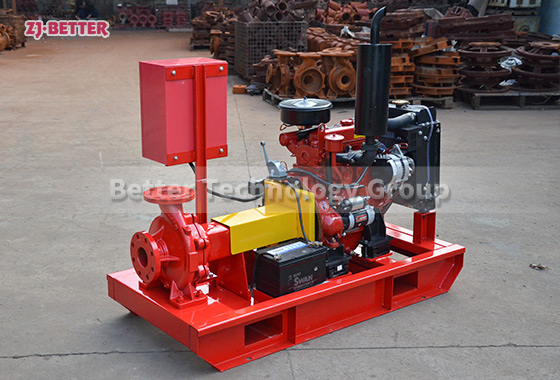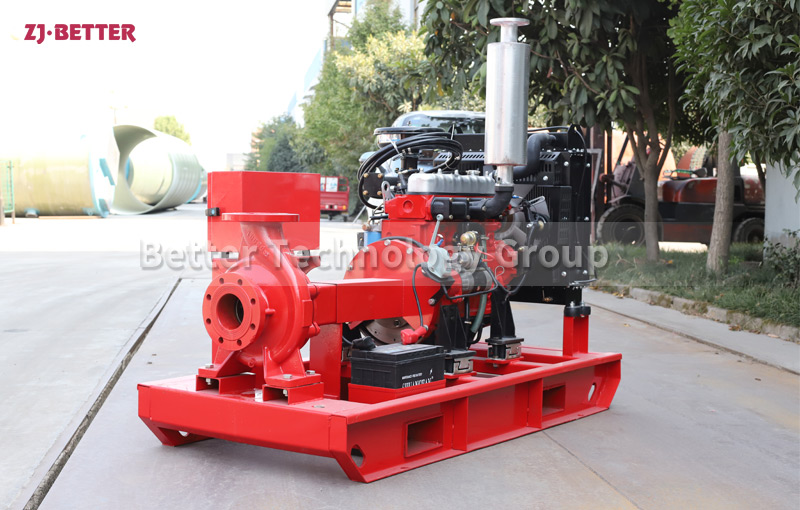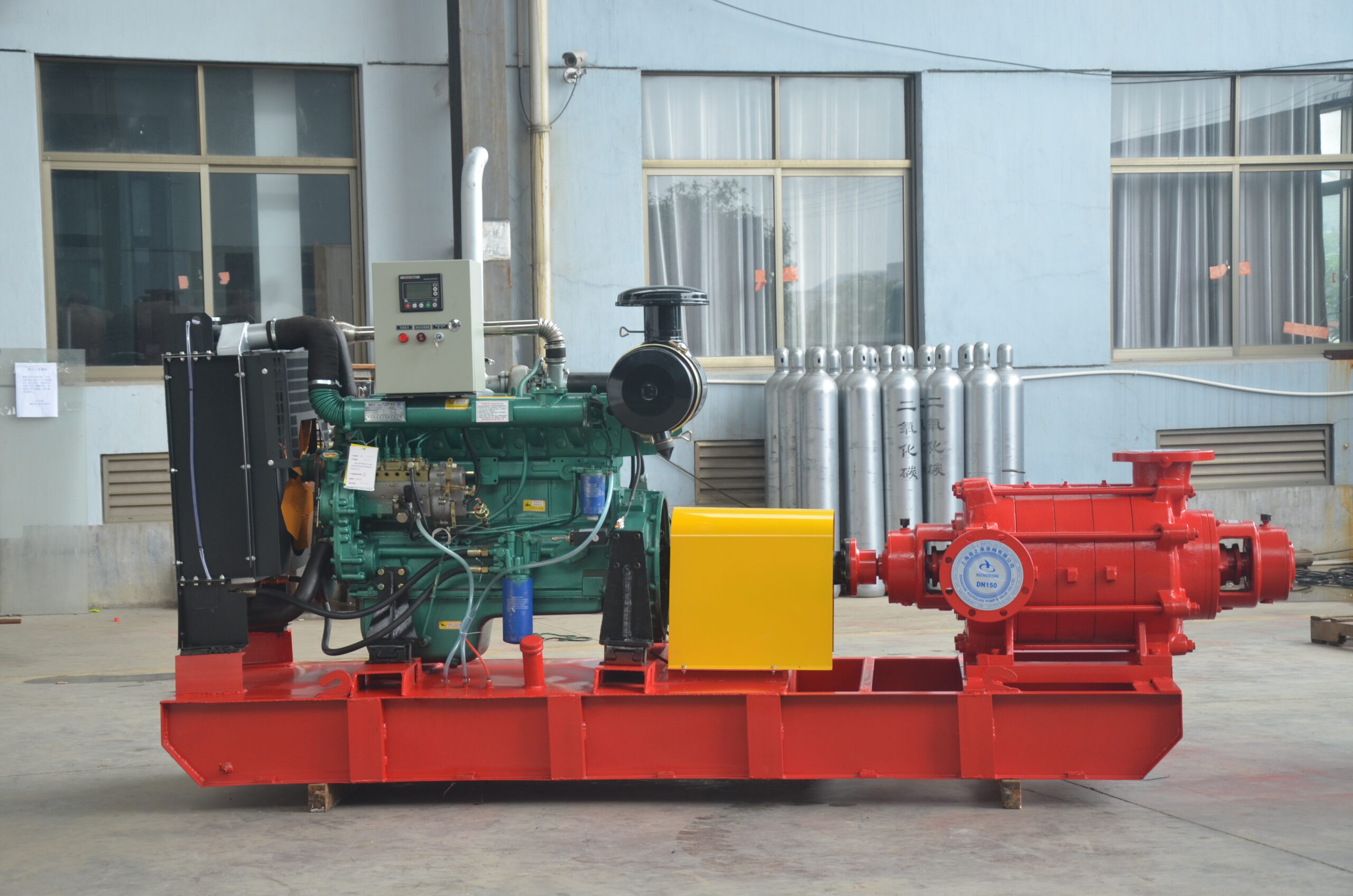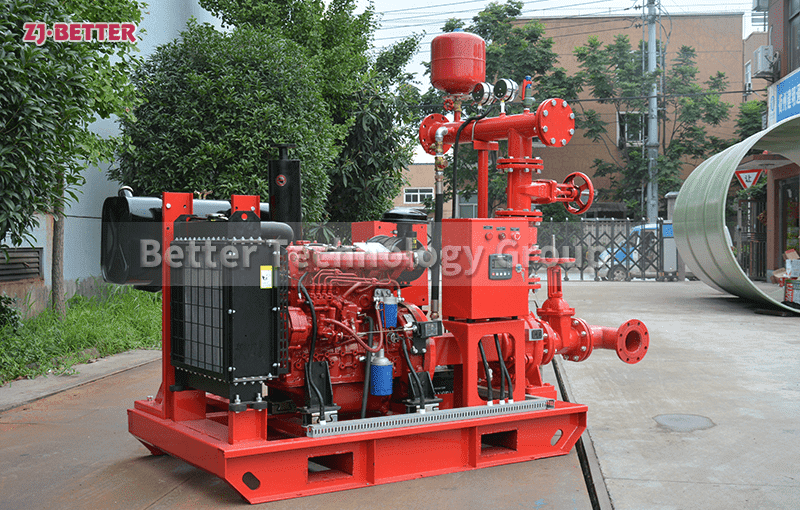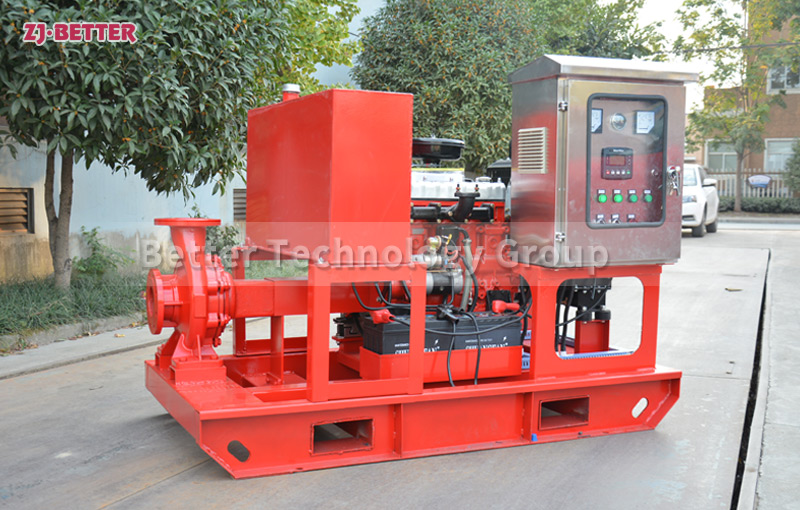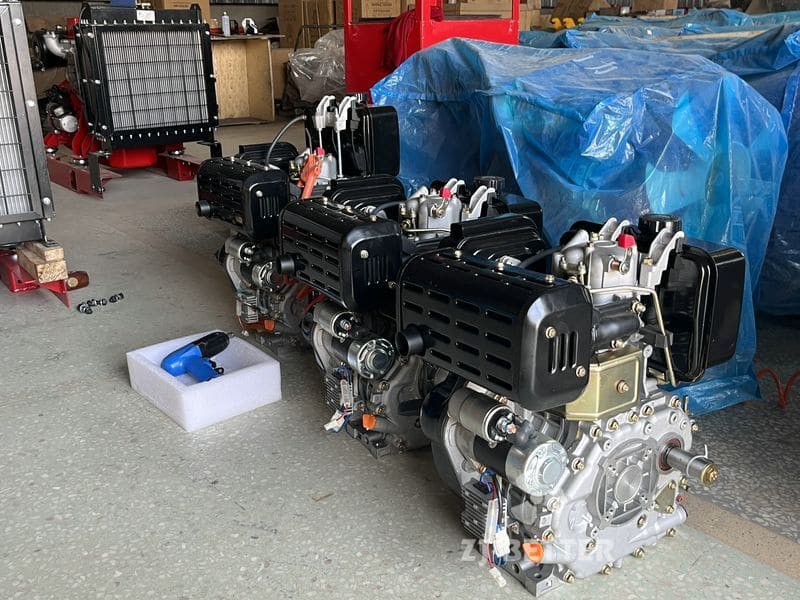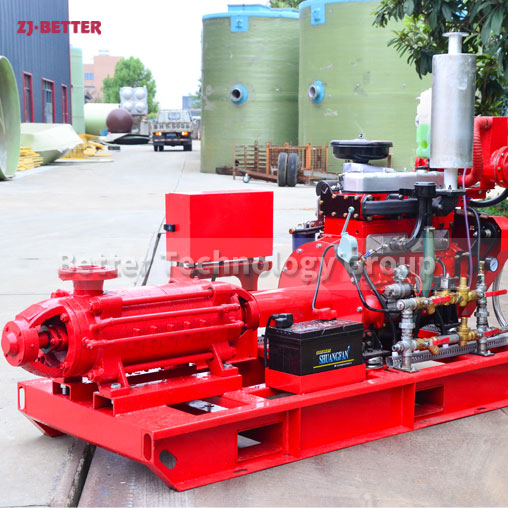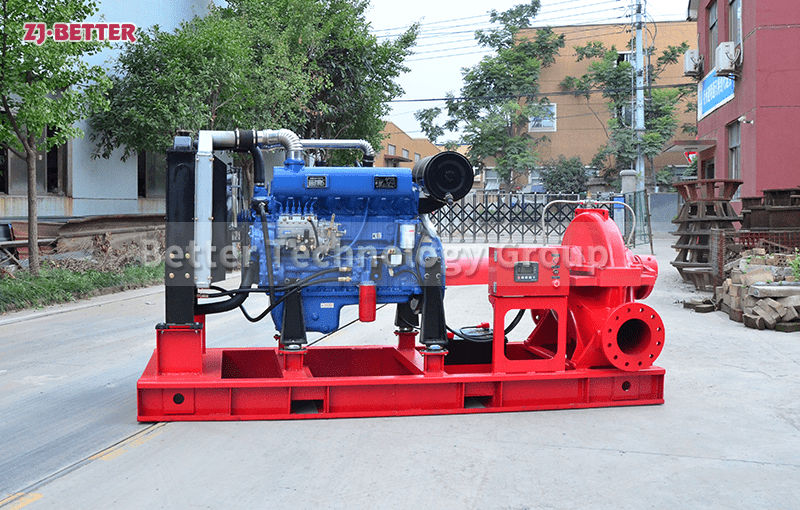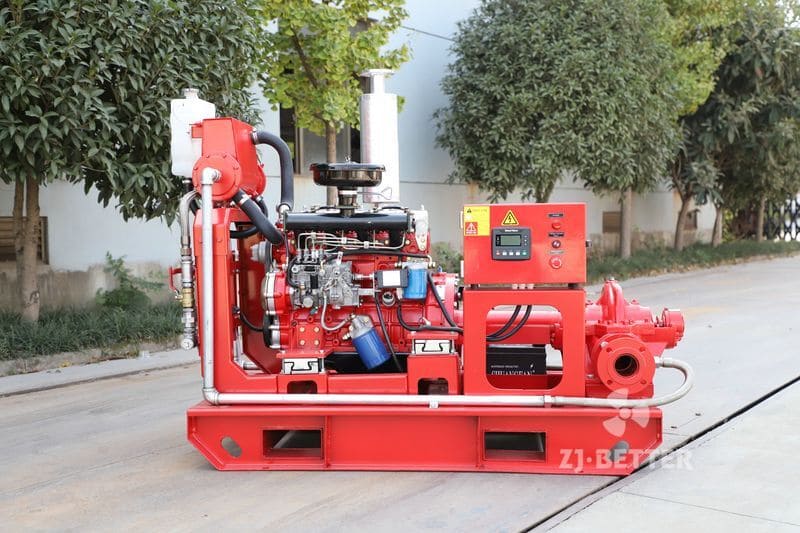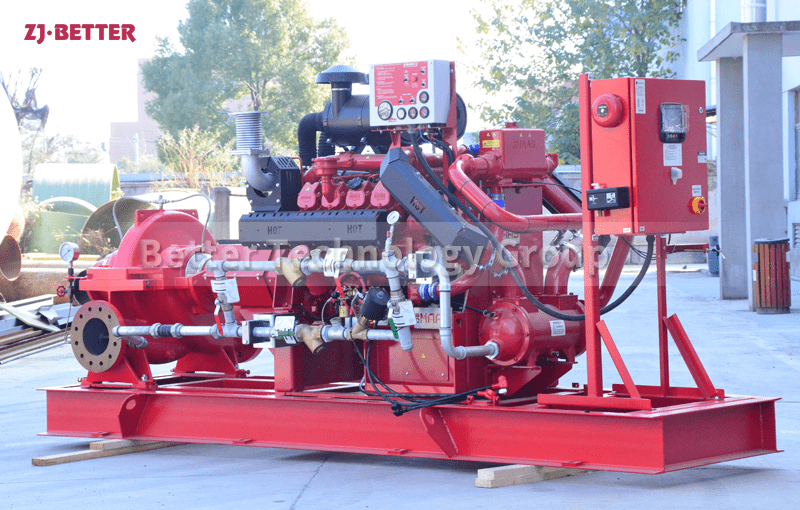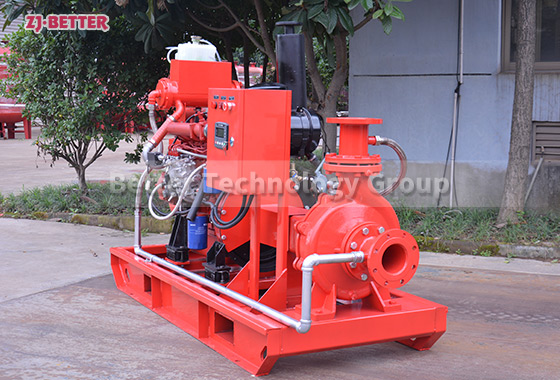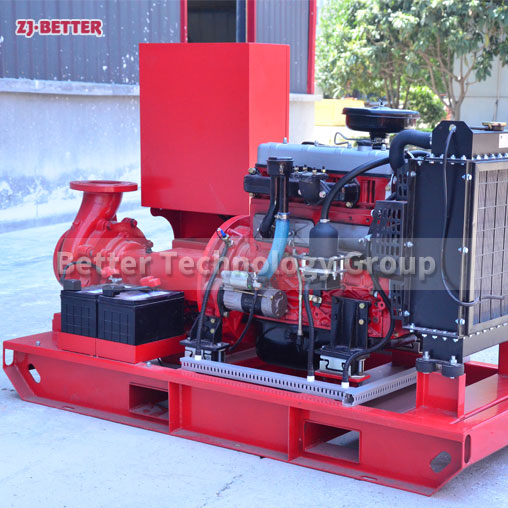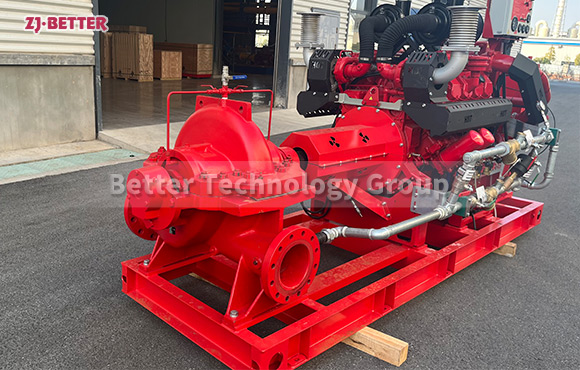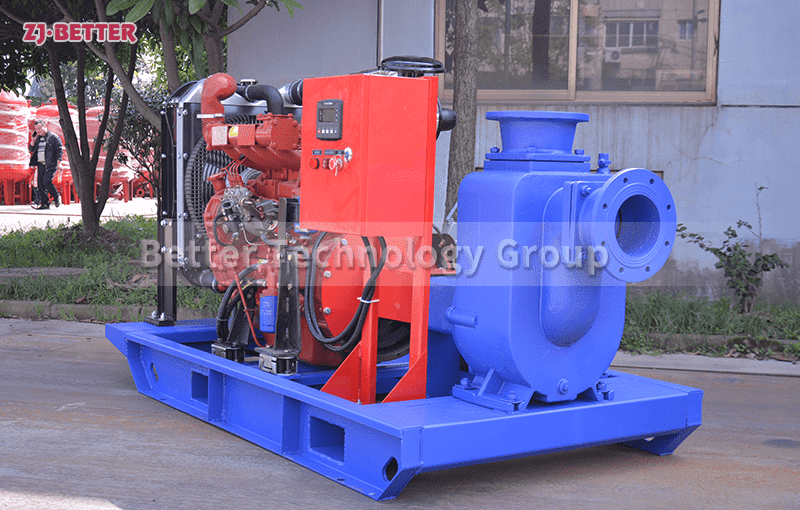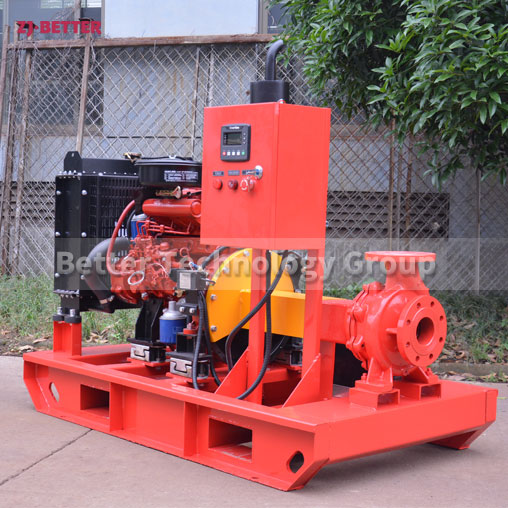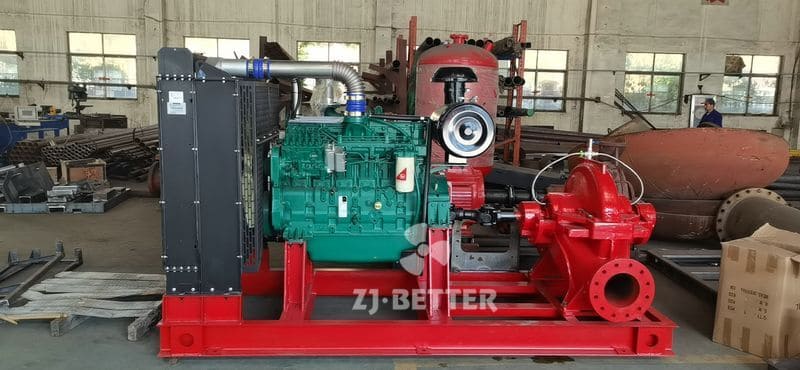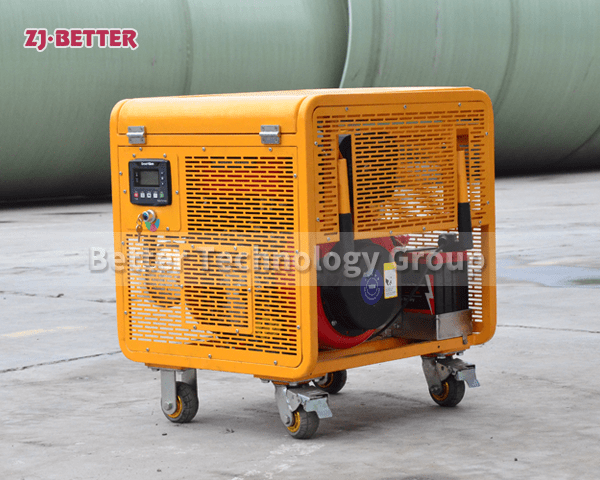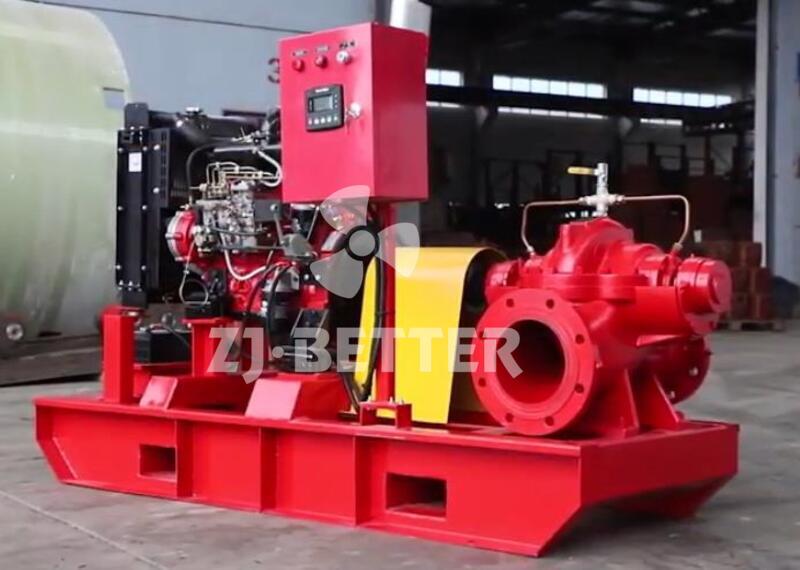
Portable fire pump
Portable pump, mostly used for irrigation and port dock pumping water. Is a small diesel pump, now many countries began to use a large range of portable diesel pump, because the diesel pump is not affected by the power system, can work in an electric environment, and portable diesel pump is easy to install and move, is favored by the majority of customers.
Better (China) Technology Co,Ltd.was founded in 2004.We are
locate in Hangbu development zone,Quzhou,Zhejiangwith convenient
transportation access, covering an area of 20000 square meters,for
15000 square meters workshop. It combines the functions of professional
design, development,manufacture and sale of general fluid equipment of high-tech enterprise. It has established the technology cooperation with overseas famous companies such as Hyundai Pump Corp. of Korea
Sitian Corp. of Japan etc introduced the advanced designdevelopment
and management mode, and long employed foreign expert as the instructor. The products enjoy the competitive force in global market. Better Pump has established many sales distributions and agencies
in the major provinces in China.Through attending a variety oflarge
scale exhibition, we have developed a broader market.We are looking forward to forming successful business relationships with new clients
around the world in the near future.

